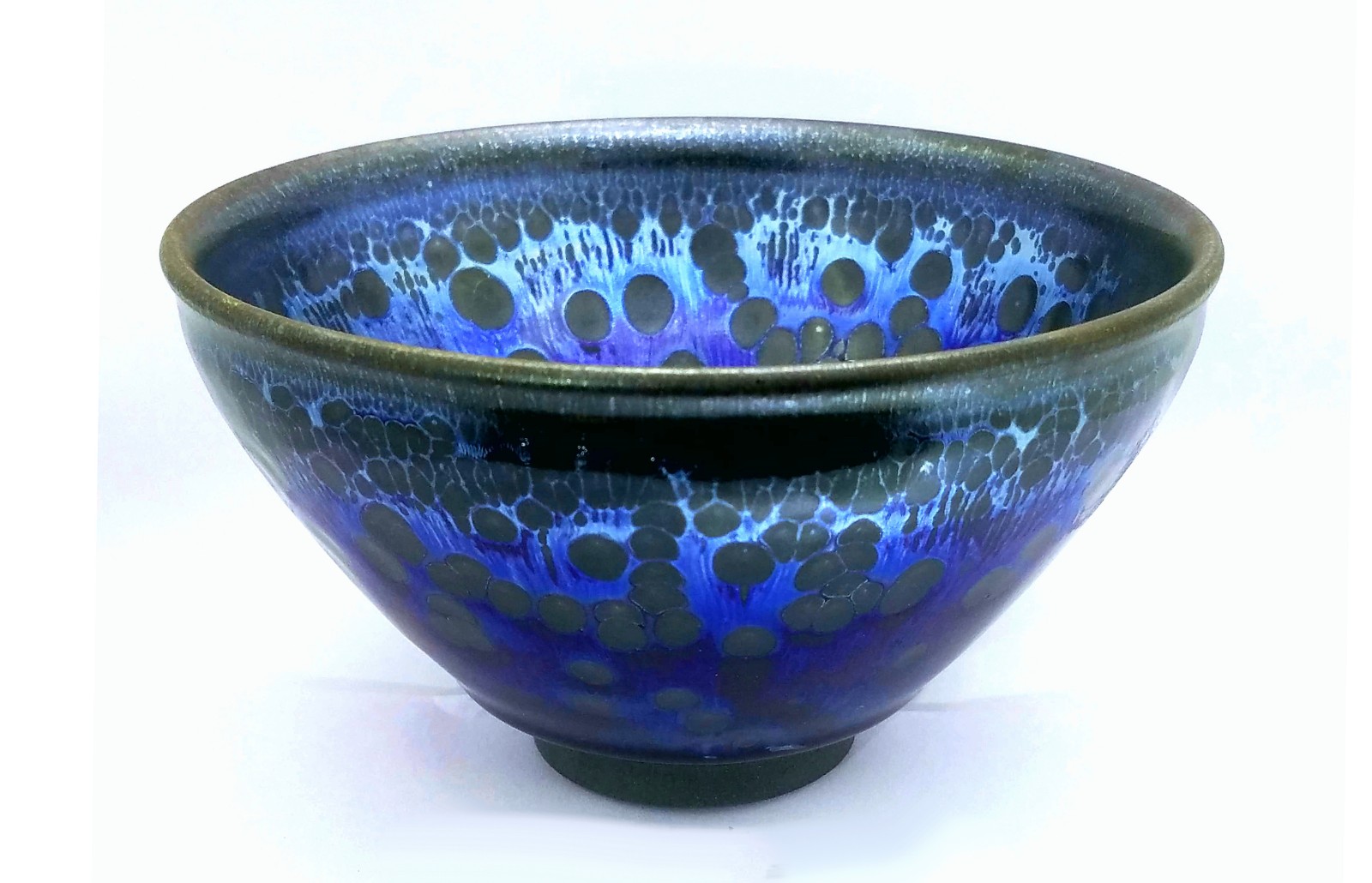·非遗百问·
13.非物质文化遗产与传统民族民间文化遗产的区别是什么?
答:(一)非物质文化遗产的一部分不属于传统民族民间文化遗产。非物质文化遗产中绝大部分是由民间百姓创造,并通过他们传承下来的,但也包括一部分主要是通过官方主导而非民间方式发展和保留下来的文化遗产(如南京云锦),这后一部分文化遗产便不属于传统民族民间文化遗产。通常,这些文化遗产是在官方主导下,动用了民间的智慧、技艺创造出来,但并不允许在民间使用和流传,只是在宫廷或社会上层这些特定的范围内运用,并在官方指定的团体内传承。
(二)属于传统民族民间文化遗产的并不都是非物质文化遗产,《保护民间文学艺术表达形式,防止不正当利用及其他损害性行为国内示范法条》所规定的民族民间文化遗产也包括“有形表达形式,如民间艺术品、乐器、建筑艺术形式”。但非物质文化遗产却不限于这些形式本身,它着眼于这些形式创造过程的技艺,只有把活态的技艺与这些形式连接在一起的时候,这些形式才作为非物质文化遗产技艺的有形载体而被视作非物质文化遗产的呈现形式。
Q13. What is the difference between intangible cultural heritage and traditional folk cultural heritage?
Answer: (a) Not all intangible cultural heritage belongs to traditional folk cultural heritage, though most of intangible cultural heritage is created and inherited by folk artisans. Instead, part of intangible cultural heritage is developed under the guidance of official involvement, even though folk wisdom and skills are utilized, Yun Jin (literally Cloud-like Brocade) is an example. Further, such intangible cultural heritage is generally prohibited from being used or spread among grass-roots civilians, and its usage is restricted in imperial courts and among noble-class people and inheritance restricted in designated groups.
(b) Not all traditional folk cultural heritage falls into the category of intangible cultural heritage. Model Provisions for National Laws on the Protection of Expressions of Folklore Against Illicit Exploitation and Other Prejudicial Actions provides that the folk cultural heritage also includes “tangible expressions such as folk art, musical instruments and architecture forms”. However, intangible cultural heritage does not confine itself in such forms per se, instead, it emphasizes on the skills in creating such forms. Only by integrating the living skills can such forms be regarded as the presentation of intangible cultural heritage.

建盏(南平市)
(图片来源于福建省群众艺术馆——省非遗中心官网)


